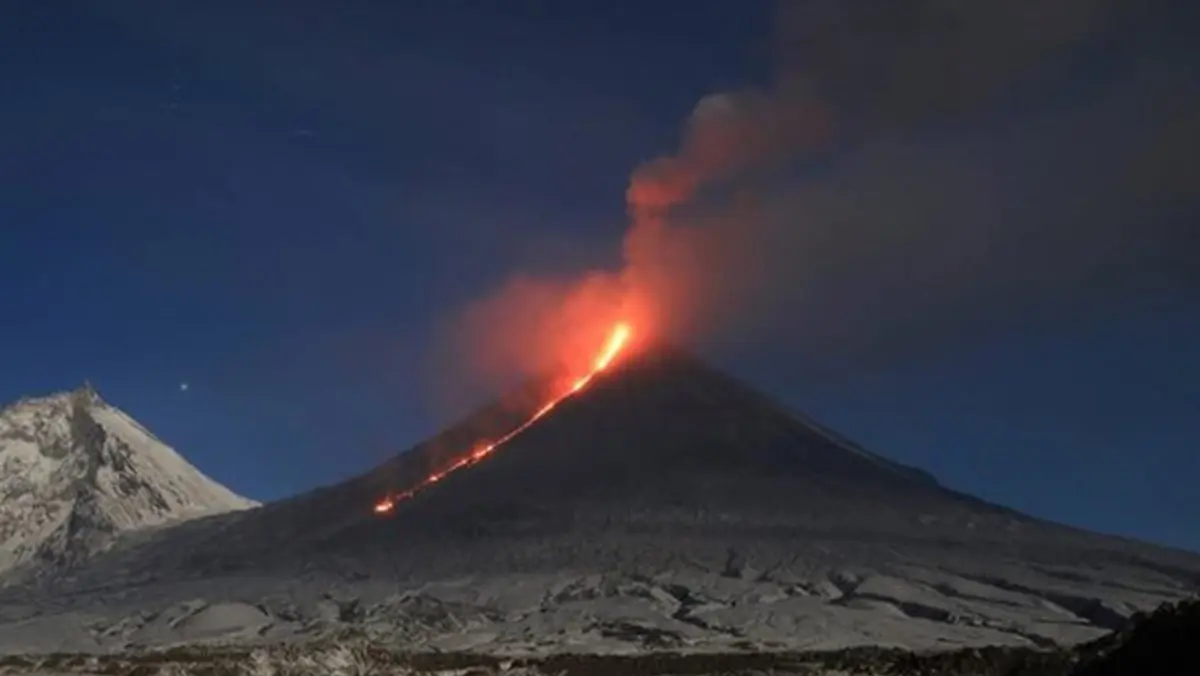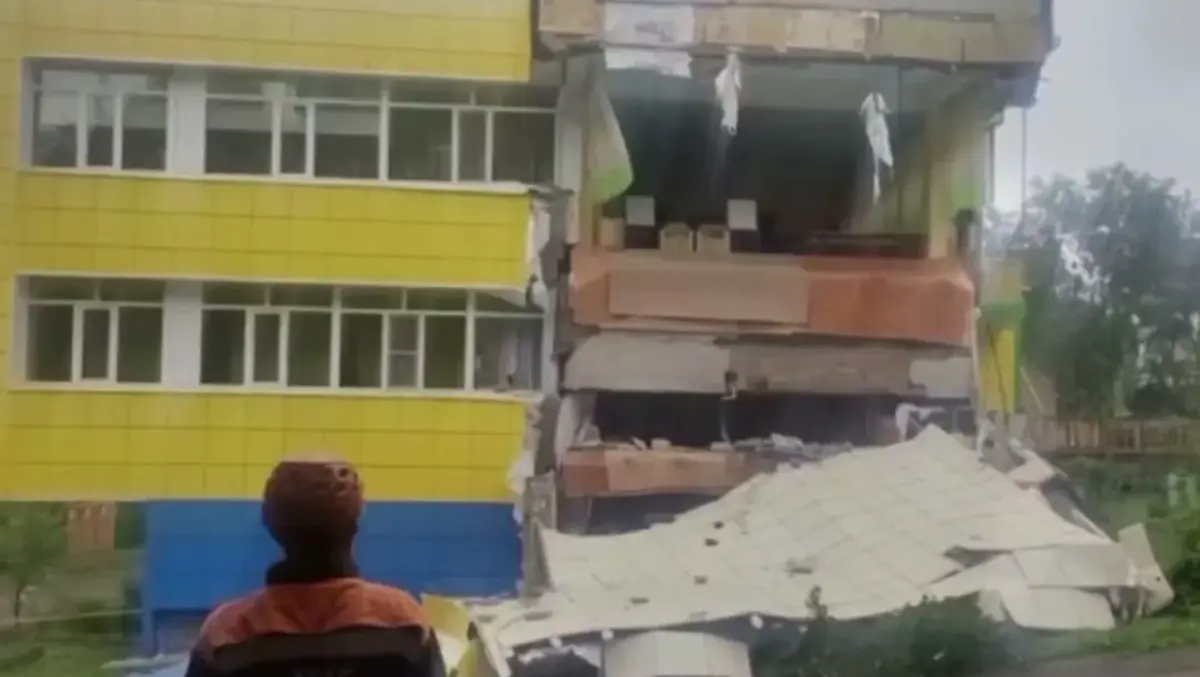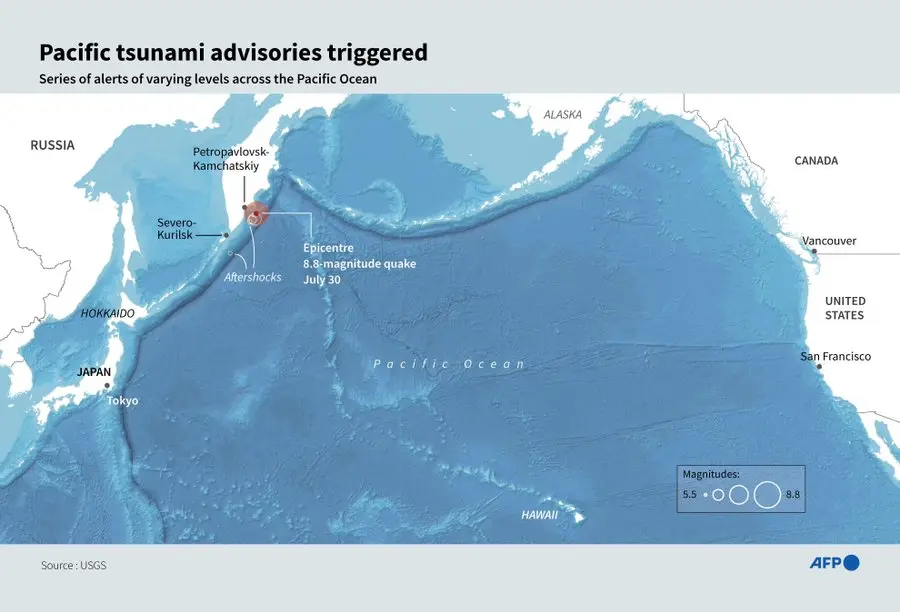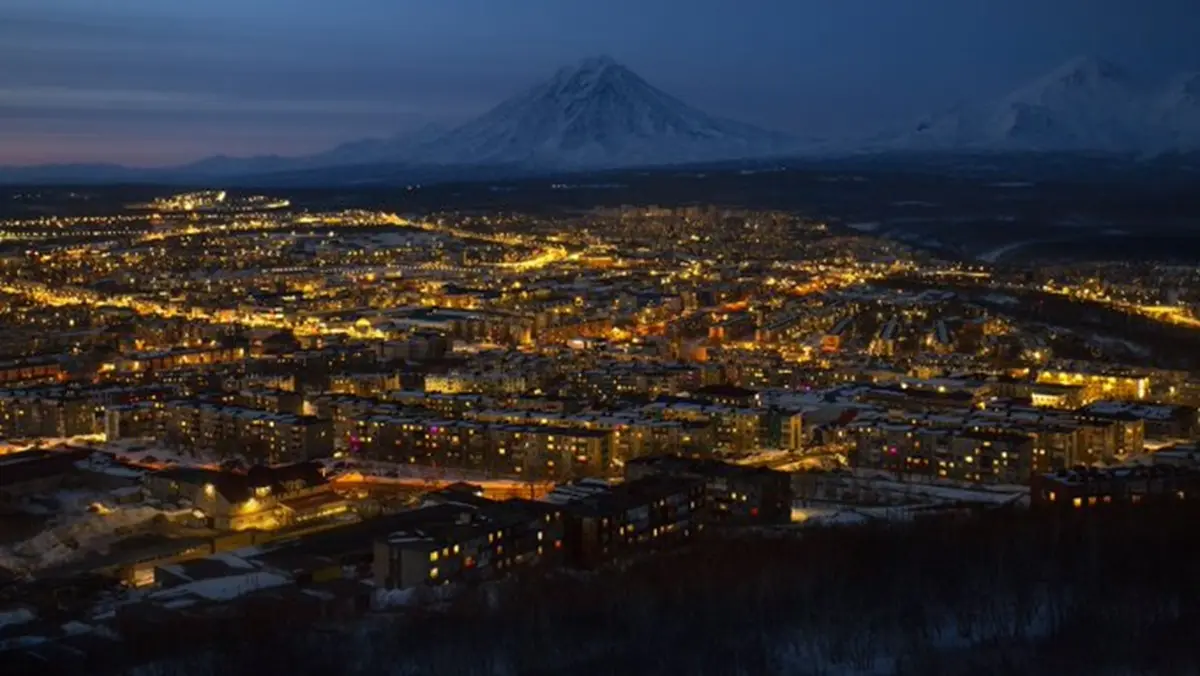Aftershocks Shake Kamchatka as Pacific Nations Lift Tsunami Alerts
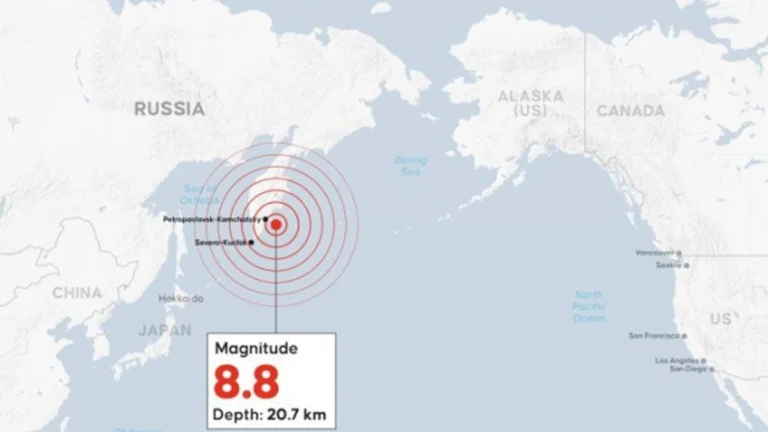
Location of the Kamchatka Peninsula. X/ @NcvaUs
July 31, 2025 Hour: 9:56 am
The Geophysical Service recorded 8 quakes ranging from magnitude 4.5 to 6.7 along the coast within just one hour.
On Thursday, the Kamchatka Peninsula was rocked by numerous aftershocks following the magnitude 8.8 earthquake that struck this Russian region the day before.
RELATED:
Russia’s Unified Geophysical Service recorded eight quakes ranging from magnitude 4.5 to 6.7 along the region’s coast within just one hour. Authorities, however, did not see the need to reissue a tsunami warning, citing a steady decrease in seismic activity — which could nonetheless continue for months. Kamchatka is among the most seismically and volcanically active areas in the world.
Roman Pukalov, head of environmental protection programs at Green Patrol, said the seismic activity had not caused “significant ecological consequences,” noting that “there were no accidents at Japanese nuclear plants” and that “only a few sea lions were hit by falling rocks.” No fatalities have been reported, though some material damage occurred in coastal areas.
In Asia
Japanese authorities have lifted tsunami warnings across the country after waves up to 1.3 meters (4.3 feet) hit parts of the coast the previous day.
On Thursday morning, Japan’s Meteorological Agency had already withdrawn the alert for most of the coastline, except for parts of northern Hokkaido, the Izu Islands, and other areas in Kagoshima. By Thursday afternoon, the warning was no longer in effect anywhere.
Warnings of tsunami waves up to 3 meters (nearly 10 feet) had prompted local authorities to issue evacuation orders affecting around 2 million people, advising them to leave their homes and seek shelter in designated public spaces.
The situation caused major disruptions to rail and air travel, including in the greater Tokyo metropolitan area — home to a quarter of Japan’s population — and at Sendai Airport, where several flights were canceled or diverted.
Japan’s precautionary measures reflect lessons learned from the 1952 earthquake, which had a magnitude of 9 and triggered a tsunami over 10 meters high that reached Alaska and Hawaii, killing 2,300 people. China and the Philippines also lifted their tsunami alerts as conditions improved.
In the Americas
Several Pacific coastal nations across the Americas — from the United States to South America via Central America — also lifted their tsunami warnings. These alerts had led to evacuations of both residents and tourists, even though the waves that eventually reached shore barely exceeded one meter (3.3 feet) in most cases.
In Colombia, the government recently canceled the tsunami warning for the Pacific coast, citing the diminished threat to the coastal departments of Nariño, Cauca, Valle del Cauca, and Choco.
In Peru, Jorge Vizcarra, head of the Hydrography and Navigation Directorate of the Navy, confirmed the cancellation and said, “From this moment on, each port captaincy and local government should begin evaluating the reopening of port and coastal activities in their respective jurisdictions.”
In Chile, the National Disaster Prevention and Response Service also canceled the tsunami warning for the Antarctic region, downgraded it to a precautionary advisory for Easter Island and San Felix Island, and maintained a warning for parts of the central and northern coastline.
teleSUR/ JF
Source: EFE


